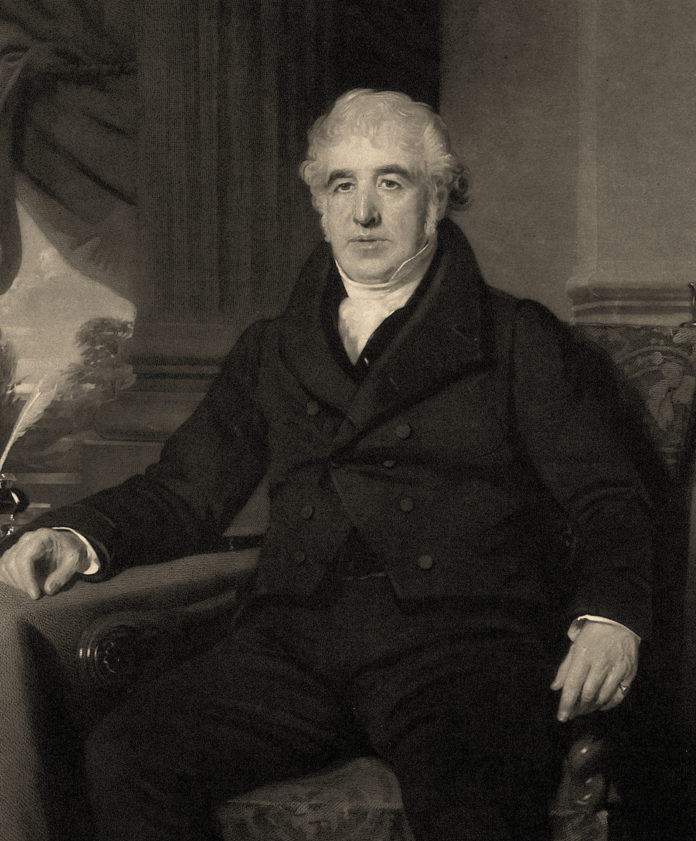Every time we grab our raincoats to shield ourselves from the downpour, we need to thank one person, Charles Macintosh. This day, we celebrate his 250th birth anniversary.
Charles Macintosh, the famous chemist and inventor of modern raincoat was born on 29 December 1766, in Glasgow. Initially while working as a clerk he developed an interest in chemistry. The interest in him grew and he eventually left his clerkship.

He went on to take up manufacturing of chemicals. In 1818, during one of his experiment with a by-product of tar led to the invention of raincoat. He found that naphtha, a by-product of tar, dissolves natural rubber, i.e. the Indian rubber, hence forming a paste that was able to repel water. This was the base for waterproof fabric, which was then designed into a raincoat.
The waterproof fabric is basically made of two fabrics sandwiched together with the solution of Indian rubber dissolved in naphtha. When dried, this could stop water from penetrating through it.
In 1823, Macintosh was granted the patent for the waterproof fabric. In the same year, he was elected as a fellow of the Royal Society. The following year, in 1824, he introduced the material as Mackintosh.

For 10 years, he was in trouble as tailors wanted to do nothing with his new cloth. Hence, he set up his own waterproofing company in Glasgow in the year 1834. In 1840, he moved to Manchester, to exploit the material further. This factory is now owned by the Dunlop Rubber Company.
Macintosh, in 1828, partnered with James Beaumont Neilson, to exploit the latter’s patent for the hot blast blowing for the blast furnaces. He, along with David Dale, worked in the making of turkey-red dye in Scotland.
He was married to Mary Fisher and had a son, George Macintosh.

The curtains of his life fell in 1843 at Dunchattan, Scotland. He was buried along with his parents in his great grandfather’s land. A stone at the north wall of the cathedral graveyard stands tall, marking the burying place of Charles Macintosh.

























